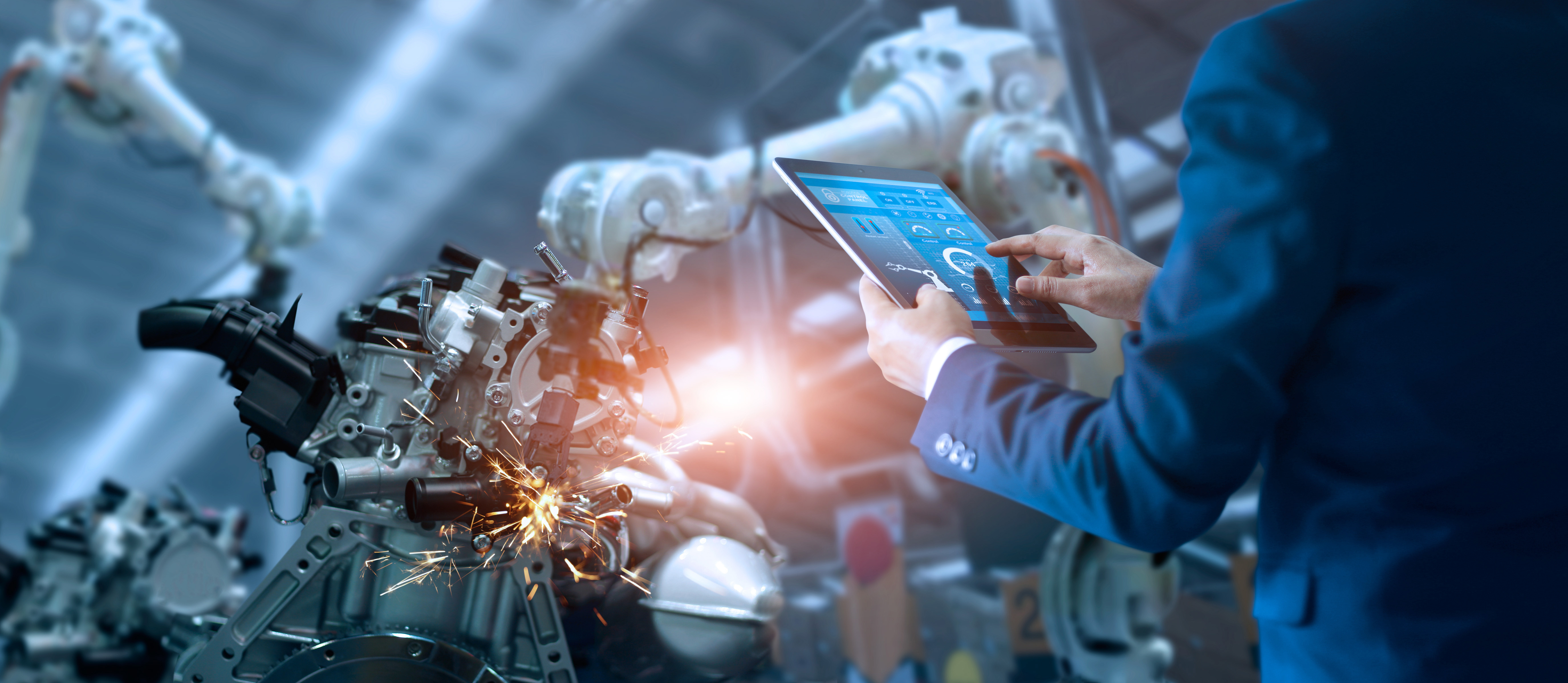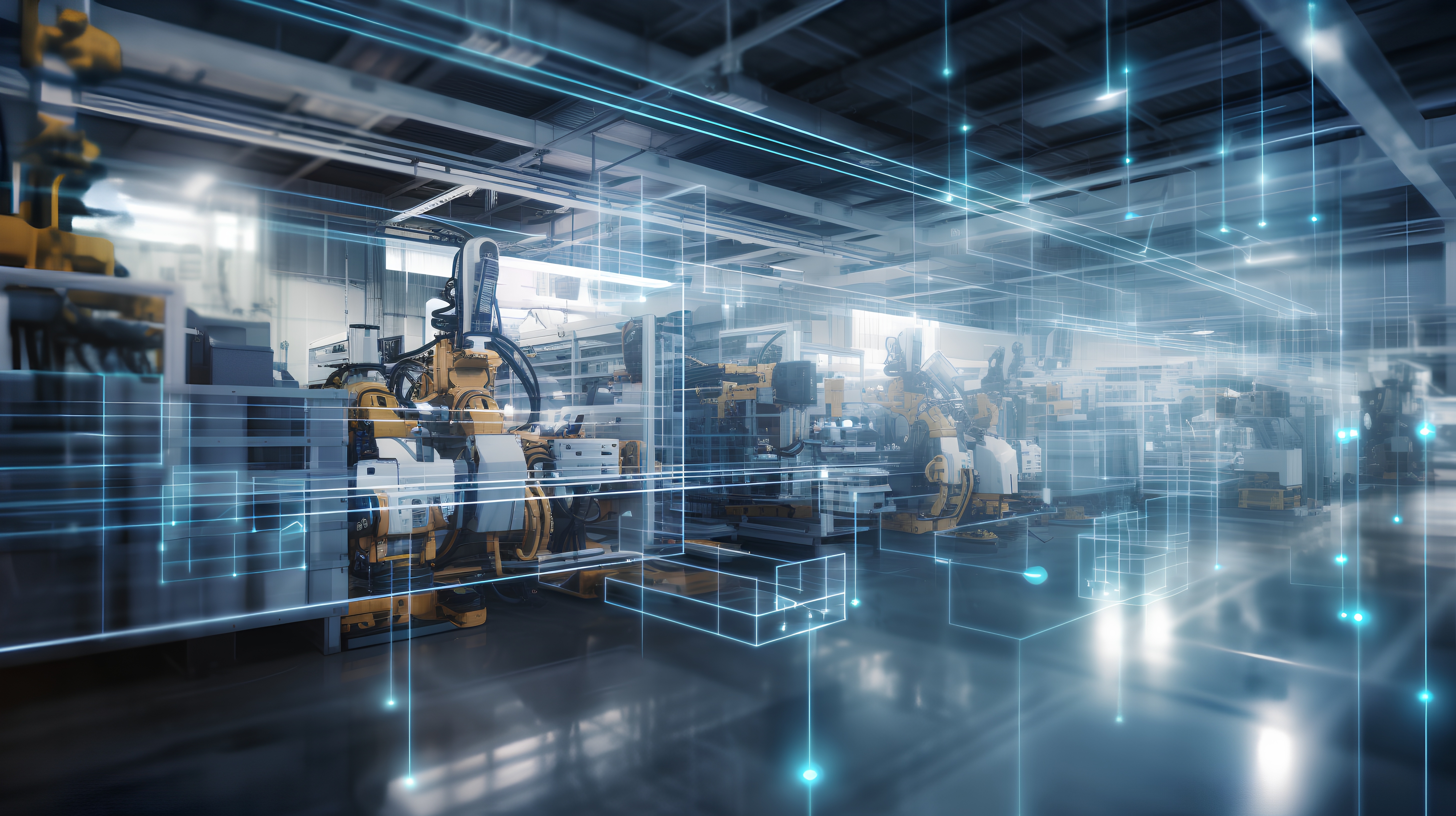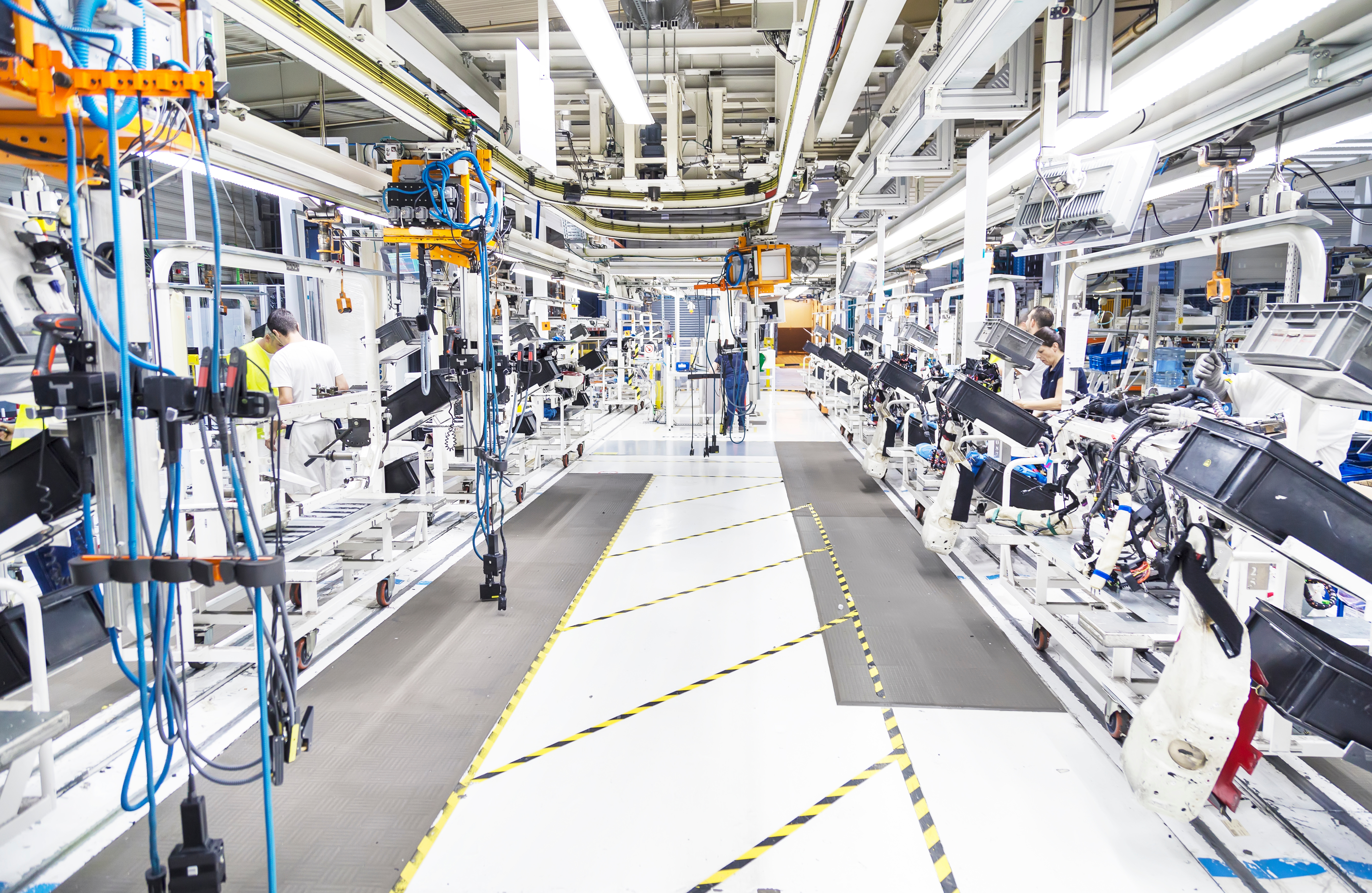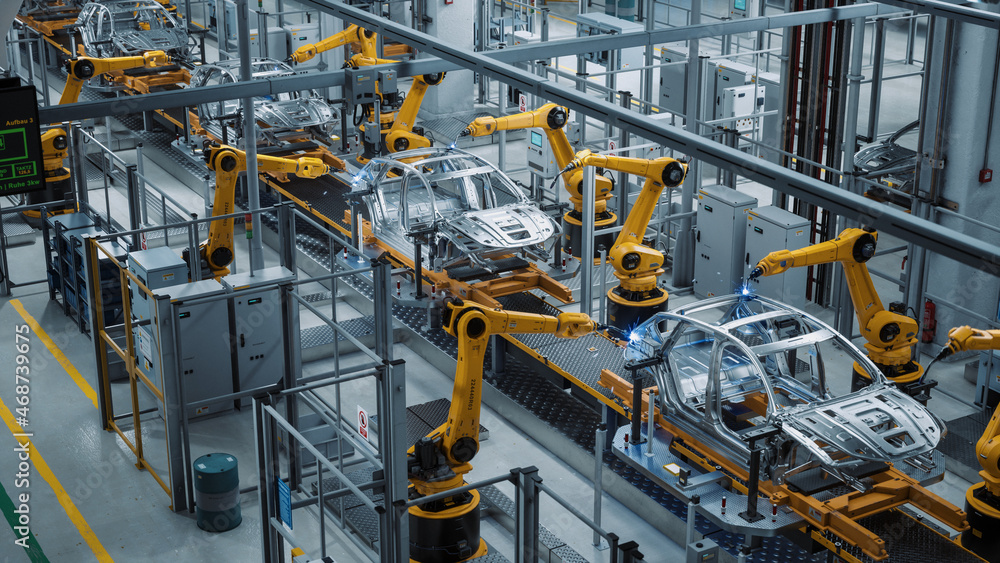Electric vehicles (EV) are all the emerging rage in the automotive sector, and rightly so. They offer an opportunity to drive down pollution levels as countries look for ways to limit automobile and other emissions. While this fight on the climate crisis has reached an apex, people are as mobile as ever, and people still love their automobiles.
Automotive Industry balancing Climate Change and Customer Satisfaction
There’s a delicate balance between curbing automobile emissions while addressing the changing climate. In most parts of the world society is mobile, and expects the free movement associated with automotive vehicles. Limiting that mobility while achieving a green standard is challenging, but the emergence of the EV is well underway to achieving this balance.
Government policies and directives have noticeably contributed to the rise of the growing electric vehicle market. There are many countries whose individual policy directives focus on reducing the carbon footprint overall. Manufacturing has been squarely in the middle of these initiatives as processes that focus on green production continue to be explored.
The automotive industry is one of the leaders in striving for both environmentally sound manufacturing processes while manufacturing a commodity that can help win the climate change battle and, at the same time, keep the customer’s personal preference top of mind.
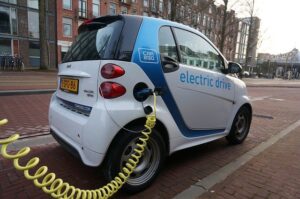 Why invest in the Electric Vehicle?
Why invest in the Electric Vehicle?
According to the International Energy Agency (IEA), in 2019 alone EVs reduced the consumption of oil products per day by nearly 0.6 million barrels. By 2030, that number will increase exponentially. Similarly, the electricity generation needed to fuel EVs in 2019 used about half the amount as most internal combustion engines. The electricity necessary to power EVs will only continue to be reduced as the technology and battery platforms improve while greater electric output is achieved with higher efficiency levels. The ROI from a climate standpoint is worth the EV investment.
The rise of EVs has also led to new manufacturers entering the automotive sector. These manufacturers, like Tesla, have created a new form of competition that includes a highly efficient platform of performance, quality and technology. All meshed together, these qualities create a unique driving experience for consumers. At the same time, these new manufacturers are driving existing brands to innovate further.
Traditional brands are investing billions of dollars in the race for electrification. And those billions are not be for nothing. The overall growth of EVs has been explosive. In 2010, it’s estimated that there were only 17,000 EVs on the road; in 2019, that number swelled to 7.2 million. EVs also represented one of the fastest growing segments of vehicle sales in 2019. Fully electric, new model lines are already scheduled for production by automotive manufacturers like GM, Ford, Chrysler, BMW, and many more.
EVs impact on Manufacturing
So much of the EV market’s success hinges on the accomplishments of battery technology. As this technology improves, so does the range of the care, easy charging solutions and a battery supply that is globally within reach. While batteries produce the power needed to fuel EVs and effectively eliminate the need for a combustion engine, what are the overall impacts to manufacturing the vehicle without an engine?
Outside of an engine, the manufacturing processes for building a car doesn’t change because it’s an EV. There’s still many more components required to complete a car, and the need for efficiency and productivity is actually increased to maintain margins in this new type of vehicle. A vehicle, that is essentially a computer on wheels with the parts we consider to be a “car”.
Manufacturing technology is evolving and adapting as EVs become more prominent. Smart factories, the Internet of Things (IOT), and data will play a heightened role in EV manufacturing as the market reaches a broad scale and demand increases. This technology will lead to new manufacturing concepts, and those suppliers that do not adopt – and adapt – will be left behind. Suppliers that think and act with a transformative mindset, disrupting traditional processes, while bringing to reality new manufacturing concepts will see long-term success.
As electric vehicles continue to rise in the automotive industry, the future of automotive manufacturing will balance on two factors: increasing efficiency and autonomy. Light and durable plastics, metals and other components that reduce weight will be the focus of improving EV efficiency by reducing the load undertaken by the vehicle. Because of this, production quality standards will be even higher, putting further pressure on the supplier network to be more agile, efficient and innovative.
Along with the focus on efficiency, suppliers will need to consider autonomy. In other words, smart cars. Many of the component’s consumers expect in cars now will still be applicable from dashboards to seats to mirrors. These components, however, may not look and act the same. While the automobile will be centrally controlled by a human, the car will start making smart decisions on its own as pure autonomous vehicles are further developed.
EVs are transforming the familiar landscape of automotive manufacturing; it’s truly an all-in approach from the industry. OEMs, suppliers and logistics providers are rising up to meet the policy requirements of governments, demands from consumers, and the urgency in addressing the climate fight. Pandemic or not, 2020 has been a pivotal year. The industry saw a wave of new plans emerge from manufacturers and news of technological breakthroughs that pushed us as industry further down the electrification road. While the journey is still early in many respects, the path to EV success and adoption is quickly being paved.
Insequence Corporation
Insequence is a leading provider of sequencing and manufacturing software solutions. Easily tailored to individual facilities, their software’s modular design can fulfill requirements no matter the size or complexity of the system. This results in a standard sequencing system, SPD Pro that is more complete and more capable than any other solution. In addition to just-in-sequence (JIS), Insequence provides MES, Inventory Management, and SCADA solutions.
With experience throughout the Americans and Europe, plus dozens standard automotive OEM interfaces and 24 x 7 x 365 customer support, Insequence is at the forefront of supply chain software solution providers. As a result, they still work with their original customer from 1996.
GO WITH THE PRO.
GO WITH INSEQUENCE.
The Company That Pioneered End-to-End Manufacturing.





